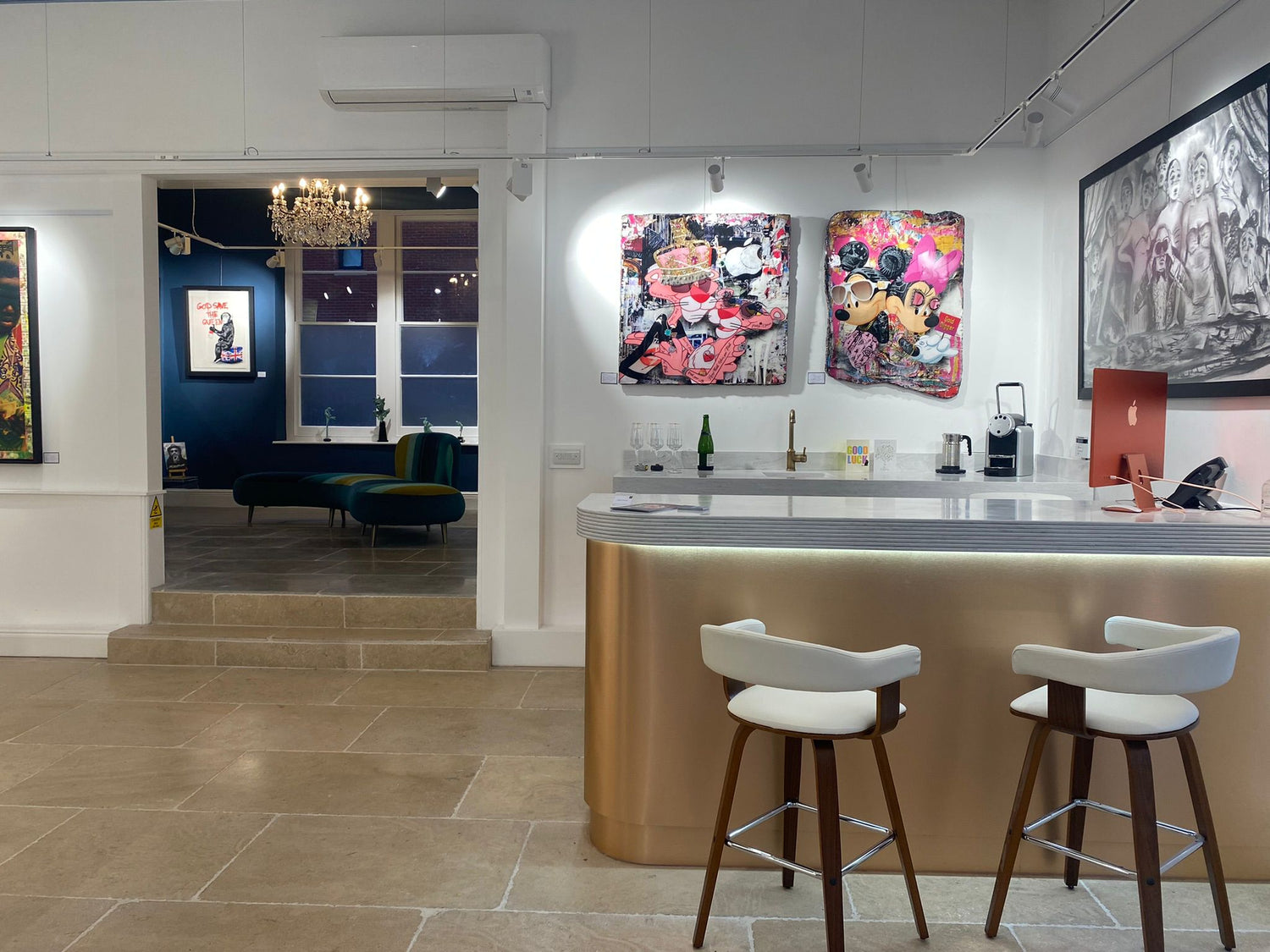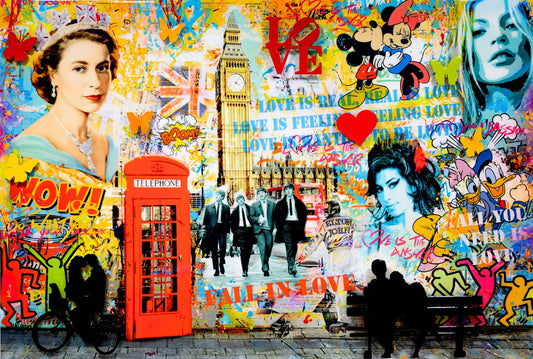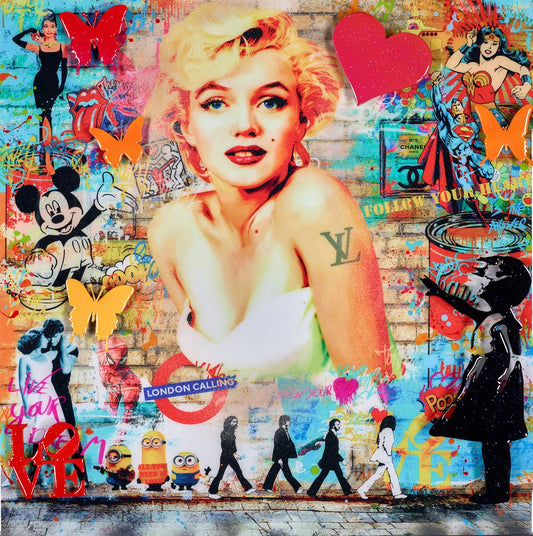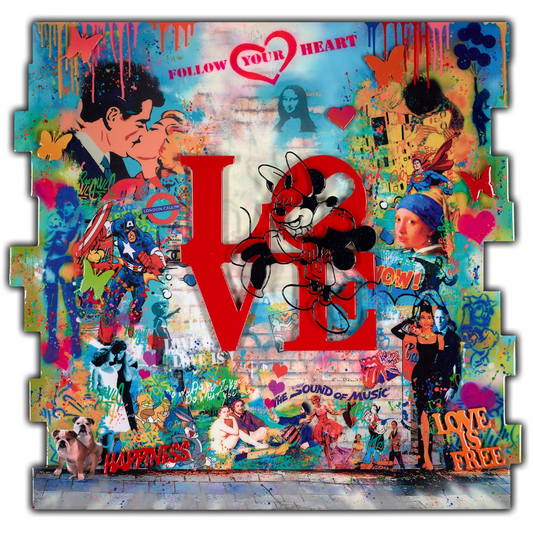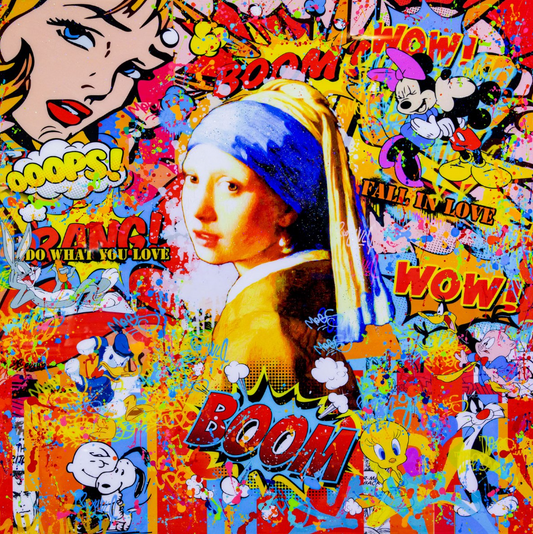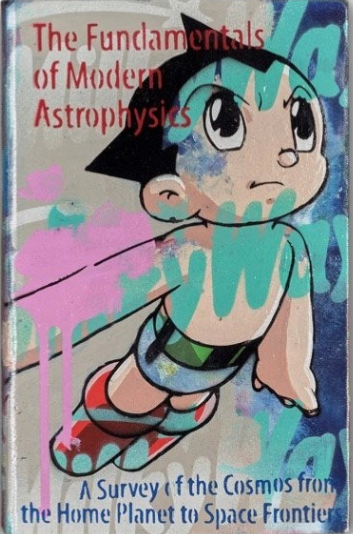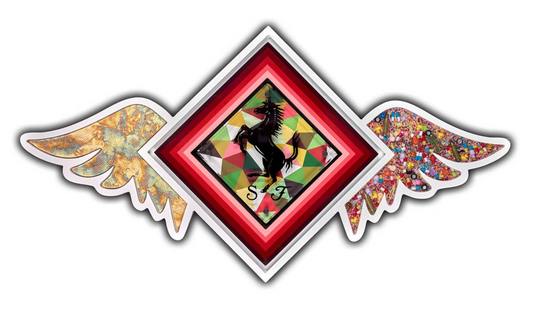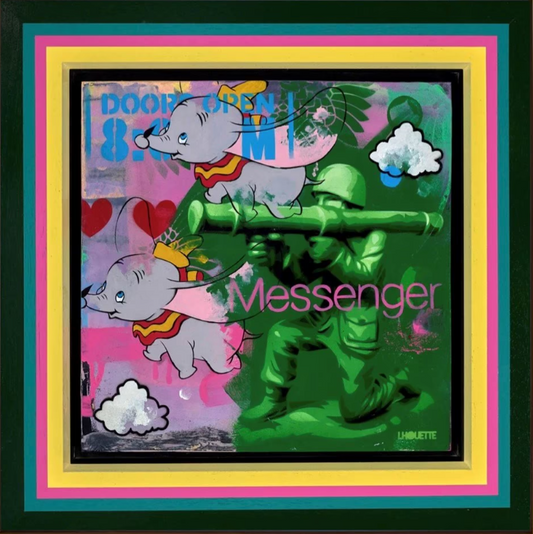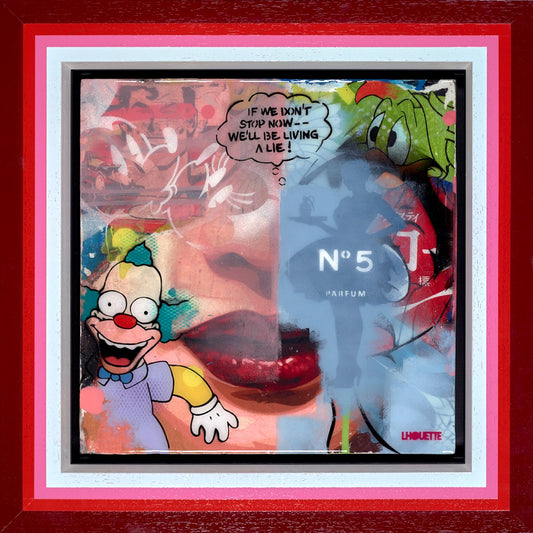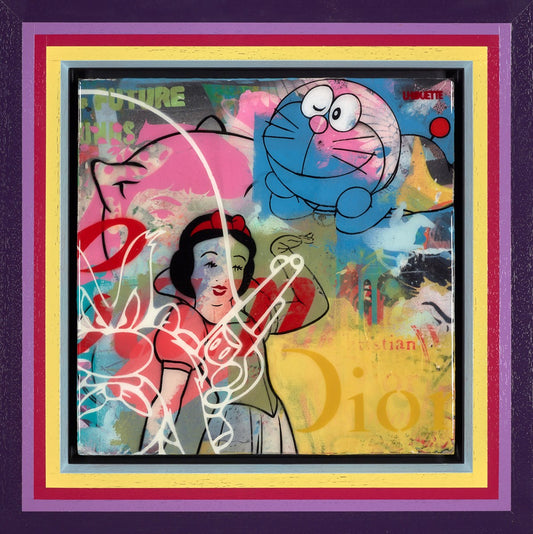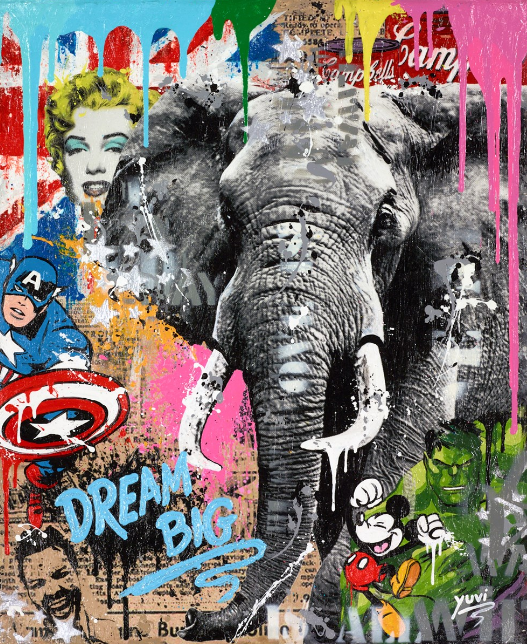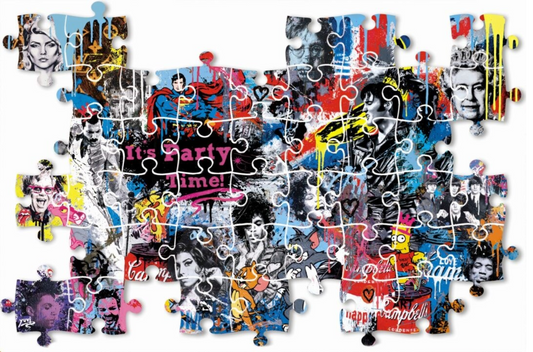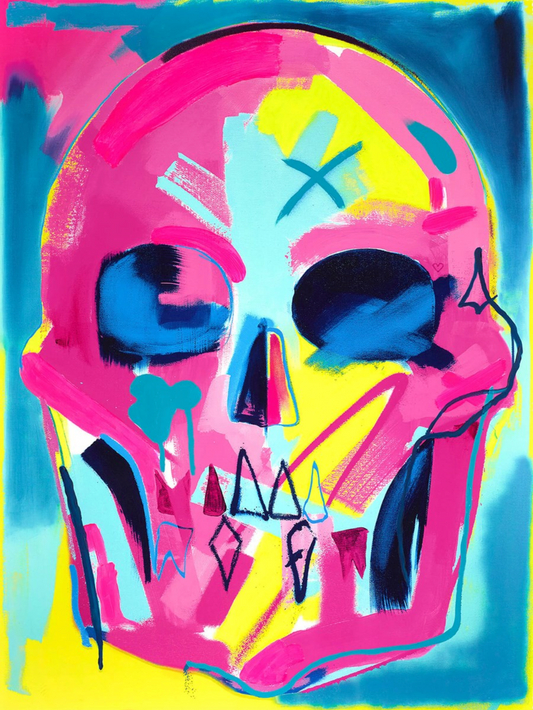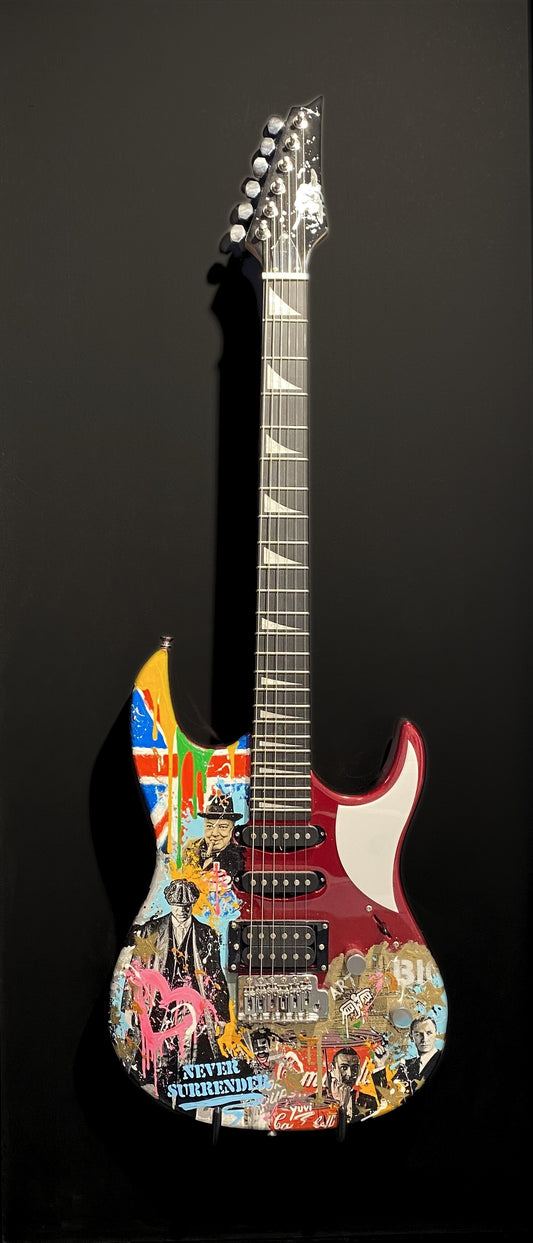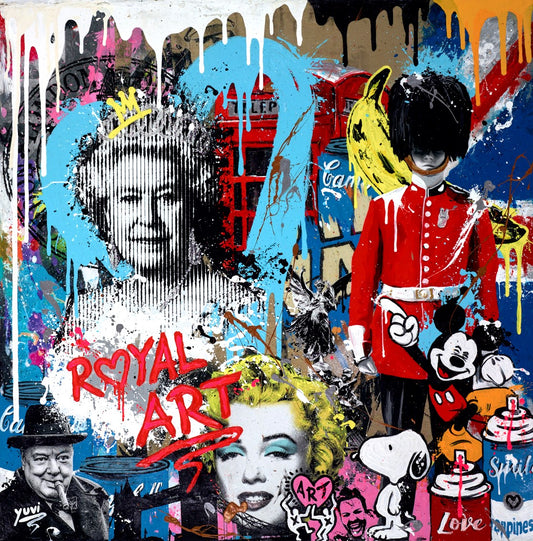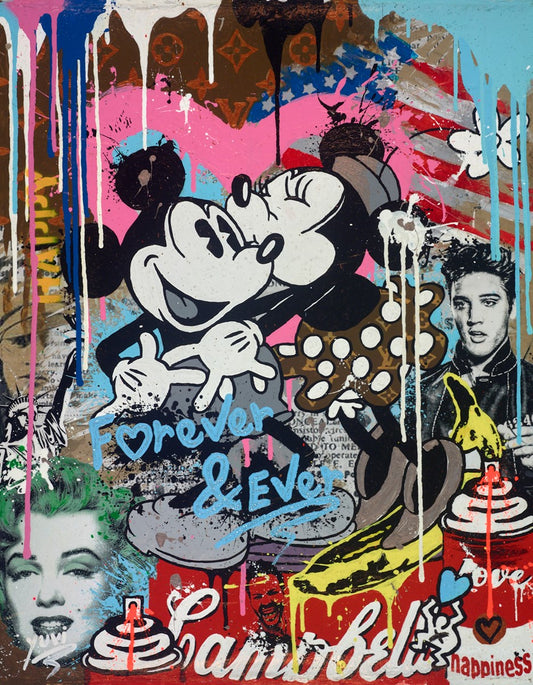Exploring the Definition of Urban Art
Urban art is different types of art found in cities. It started out underground but has grown into a well-known and important art movement. Urban art includes graffiti, street art, installations, and sculptures. It shows the city's culture, social issues, and aesthetics.
On this page we delve into the essence of urban art, its significance, and its impact on the urban landscape.
What is Urban Art?
Urban art, also known as street art or graffiti, is art created and shown in public places. It's an artistic expression that goes beyond traditional venues like galleries and museums, bringing art directly to the community.
The Roots of Urban Expression
Urban art traces its origins to graffiti, which started to gain prominence in the 1960s and 1970s in New York City. Early graffiti artists used public spaces as their canvas. Tagging subway cars and walls with their unique signatures and messages.
As the movement grew, so did the complexity and artistry of the works produced. It became a tool for urban youth to make their mark. Assert their identity, and voice their concerns about societal issues.
Urban Art and Its Forms
Urban art today encompasses a wide range of forms:
Graffiti:
Graffiti is a well-known form of urban art, often seen in public with stylised lettering.
Street Art:
This form includes murals, stencils, sticker art, and wheatpaste posters that often contain a strong social or political message.
Installations:
These are three-dimensional works that are often site-specific and designed to transform the perception of the space.
Sculptures:
Authorities can sanction or unsanction urban sculptures. range from traditional to abstract, often interacting with their environment in thought-provoking ways.The Aesthetics of Urban Art
Urban art is not just about the style or medium. It's also about the aesthetics that define the urban environment. The aesthetics of urban art can be as diverse as the cities themselves. Reflecting a wide range of influences and inspirations.
The Influence of the Urban Environment
The urban environment is a canvas and a muse for urban artists. The city's architecture, its people, and the very rhythm of city life influence the aesthetics of urban art. The artwork often integrates with the urban landscape, using the features of the city. Such as walls, sidewalks, or even manhole covers—as integral parts of the piece.
A Reflection of Urban Culture
Urban art often mirrors the cultural and social issues prevalent in the city. Artists use their work to comment on topics like gentrification, inequality, politics, and the environment. This reflection can make urban art a powerful tool for community conversation and change.
The Cultural Significance of Urban Art
Urban art does more than just decorate the cityscape; it has significant cultural implications.
A Voice for the Voiceless
For many, urban art serves as a platform for those who feel unheard by traditional media and societal structures. It gives a voice to the marginalised and can act as a form of protest or social commentary.
Urban Art as a Community Builder
Urban art can act as a catalyst for community building. Murals and other projects often involve local residents and can instil a sense of pride and ownership. They can transform neglected spaces into vibrant hubs of activity, fostering a stronger community bond.
The Evolution into Mainstream Acceptance
Once considered vandalism, urban art is now gaining recognition as a legitimate art form. Cities around the world are embracing urban art. Commissioning murals, and even organizing festivals that celebrate this vibrant art form.
Urban Art in the Public and Private Realms
Urban art straddles the line between public and private interests, raising questions about ownership, legality, and commercialisation.
The Legality of Urban Art
The unauthorised nature of some urban art raises legal issues. While graffiti is still illegal in many places, some cities have designated areas for artists to work legally. This shift reflects a growing appreciation of the value urban art brings to the urban landscape.
The Future of Urban Art
Urban art continues to evolve, with artists experimenting with new mediums and technologies. The future of urban art may see greater integration with digital and interactive elements. Expanding the possibilities of urban expression.
The Role of Technology in Urban Art
Advancements in technology are opening up new avenues for urban artists. Digital projections, augmented reality, and interactive installations are just a few examples. Technology is starting to push the boundaries of what urban art can be.
Preserving the Ephemeral Nature of Urban Art
The temporary nature of urban art is part of its charm, reflecting the ever-changing urban landscape. Preservation efforts are important for documenting and maintaining these transient works for future generations to appreciate.
Urban Art's Place in Art History
Urban art is carving out its place in art history. With works in archives and even making their way into prestigious art institutions. This acceptance signals a broader recognition of the significance of urban art within the larger narrative of art history.
Conclusion
Urban art is a dynamic and vital part of the urban landscape, offering a raw and unfiltered glimpse into the heart of city life. Its ability to engage the public, provoke thought, and inspire change is unparalleled. As urban art continues to evolve, it will undoubtedly remain an essential medium for urban expression and aesthetics. Reflecting the complexities and vibrancy of city life for years to come.
